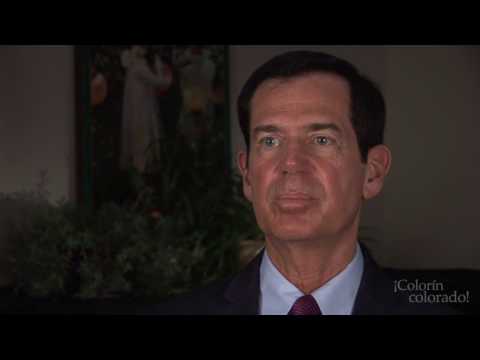School Registration: ELLs and Immigrant Students
All students have a right to a public K-12 education regardless of immigration status. Learn more about registration and enrollment policies for ELLs and immigrant students in U.S. public schools from the following resources.
Photo credit: Becoming Bilingual (PBS Launching Young Readers).
Featured Articles
- Identification and Assessment of Multilingual Learners
- Communicating Important Information with ELL Families: Strategies for Success
- Finding Answers for Our Immigrant Students and Families: An ELL District Leader's Perspective
Related Video
Guides and Toolkits
FAQs
Does immigration status affect whether students can enroll in U.S. public schools?
No. Every child has a constitutional right to a free public K-12 education, regardless of immigration status or parents' immigration status.
Can schools ask about a student's immigration status during enrollment?
No. Public school districts have an obligation to enroll students regardless of their immigration status and without discrimination on the basis of race, color or national origin. Some teachers worry that, like mandated reporting for criminal offenses, they are supposed to report undocumented status. This is not true. In fact, schools are meant to be safe spaces in which students cannot be deterred from accessing their right to public schooling. Requesting, sharing, or reporting a family’s documentation status could serve as a deterrant, as explained in this video featuring ESL teacher Lori Dodson. In addition, all families are protected under the Family Educational Rights and Privacy Act (FERPA) regardless of immigration status. (See this tip sheet from the American Federation of Teachers for more information.)
If you are concerned that front office staff are not aware of these policies, or are not implementing them correctly, keep in mind that it may be a question of not having the correct information. If speaking to an administrator does not have an impact on how these policies are implemented, you may wish to consult with your teachers’ union or local immigration advocates who are familiar with relevant policies. Community or legal organizations may also be able to help provide the necessary training for staff. You can learn more about this issue in these news articles:
- Conn. District Set Up Enrollment Barriers for Families With Limited English
- Some schools in California asked parents for Social Security numbers. Now schools are on state’s radar
Which documents are schools allowed to request during enrollment?
Schools are allowed to request proof of residency in the school district and proof of age. However, the district may not prevent or discourage a child from enrolling based on the documentation presented, such as a foreign birth certificate. For detailed information on what is and is not acceptable, see the following guide published by the California School Board Association: Legal Guidance: Providing All Children Equal Access to Education, Regardless of Immigration Status.
Let Us Learn: Schools for Every Child
For more information, see these FAQ for Educators on Immigration from Let Us Learn: Schools for Every Child, an initiative of the Lawyers' Committee for Civil Rights Under Law to "protect the constitutional right of all children, regardless of their immigration status, to attend public school in the United States." This group sent letters to all state attorneys general in the fall of 2017 reminding them that all schools can enroll in K-12 students regardless of immigration status. The above FAQ includes information on:
- students’ rights to a K-12 public education regardless of immigration status
- extracurricular activities and free- and reduced-meals
- information that cannot be requested during school enrollment
- documents that can and cannot be requested during school enrollment
- recommended resources
Recommended Resources
Laws and Policies: Immigrant Students in U.S. Schools
- Dear Colleague Letter: Joint Letter from the U.S. Department of Education and U.S. Department of Justice (2014): Under Federal law, States and local educational agencies are obligated to provide all children – regardless of immigration status – with equal access to public education at the elementary and secondary level. This includes children such as unaccompanied children who may be involved in immigration proceedings. The U.S. Departments of Education and Justice published a joint guidance letter [PDF, 171KB], a fact sheet [PDF, 568KB] and a set of Questions and Answers [PDF, 311KB] on this topic.
- Educational Services for Immigrant Children: What Schools Need to Know: The U.S. Departments of Education and Justice released fact sheets, FAQs, and enrollment guidance related to the educational services for immigrant children and families in January 2015. These fact sheets (also available in Spanish) and the Civil Rights information provide a summary of what schools need to know.
Plyler vs. Doe: A Landmark Supreme Court Case
Plyler vs. Doe is the court case that guaranteed undocumented students a right to a free public education in U.S. schools. Learn more from the following fact sheets and from our interview with Attorney Roger Rosenthal.
- Fact Sheet: Public Education for Immigrant Students: Understanding Plyler v. Doe (American Immigration Council)
- Plyler v. Doe: Still Guaranteeing Unauthorized Immigrant Children's Right to Attend U.S. Public Schools (Migration Policy Institute)
Note: Plyler was cited in the court cases that ruled that California's Proposition 187 (1994) was unconstitutional and that blocked many provisions of Alabama's H.B. 56 (2011).
Roger Rosenthal explains its significance for U.S. schools










